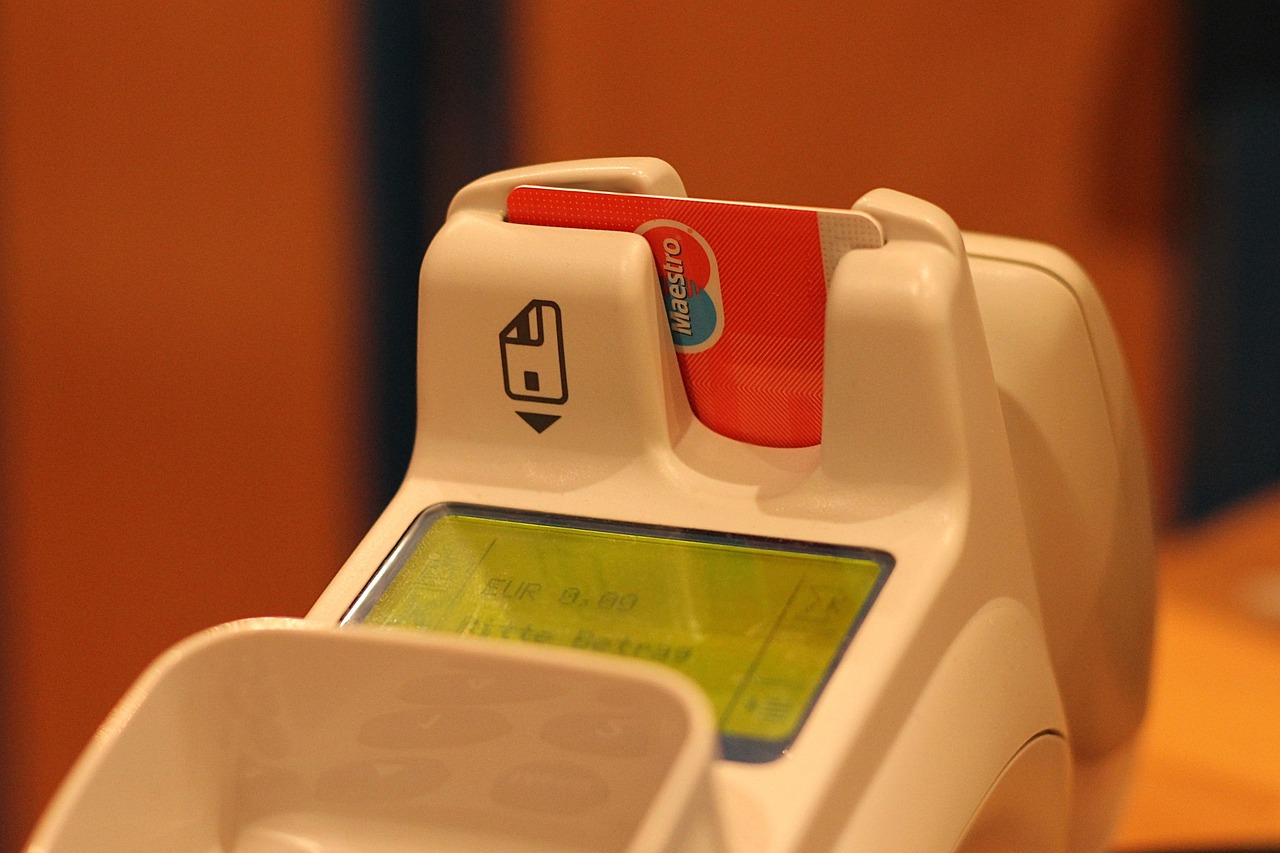Crafting a seamless and intuitive customer experience is no longer just a nice-to-have; it’s a fundamental requirement for business success. Understanding the user journey – the complete path a customer takes when interacting with your brand, from initial awareness to becoming a loyal advocate – is the key to unlocking deeper engagement, boosting conversions, and fostering lasting relationships. This blog post will delve into the intricacies of user journey mapping, exploring its benefits and providing a practical guide to creating effective maps for your business.
What is a User Journey?
Defining the User Journey
A user journey represents the holistic experience a customer has while interacting with your company. It encompasses every touchpoint, from discovering your product through a Google search to contacting customer support post-purchase. By visualizing this journey, businesses can gain valuable insights into customer needs, pain points, and overall satisfaction.
- The user journey includes all interactions, whether online or offline.
- It focuses on the customer’s perspective and emotional state.
- Understanding the journey allows for identifying areas for improvement.
Why User Journey Mapping Matters
Visualizing the user journey through mapping provides a comprehensive understanding of the customer experience, allowing you to pinpoint areas for optimization. It’s about empathy: stepping into your customer’s shoes to see the world from their viewpoint. According to a study by Forrester, companies that lead in customer experience achieve revenue growth 5.1 times greater than laggards.
- Improved Customer Satisfaction: By addressing pain points, you enhance the overall customer experience.
- Increased Conversion Rates: A smoother journey leads to fewer drop-offs and more successful conversions.
- Enhanced Customer Loyalty: A positive experience fosters stronger relationships and repeat business.
- Better Product Development: Understanding how customers use your product informs development decisions.
- Streamlined Marketing Efforts: Targeted messaging at each stage of the journey increases effectiveness.
Stages of the User Journey
Awareness
The awareness stage is where potential customers first become aware of your brand, product, or service. This might happen through various channels, such as social media ads, search engine results, or word-of-mouth.
- Example: A user sees a Facebook ad for a new running shoe with claims of improved performance.
- Objective: Capture their attention and pique their interest.
- Actions to consider: Optimize your SEO, run targeted social media campaigns, and create engaging content.
Consideration
In the consideration stage, potential customers are actively researching and evaluating different options, including your competitors. They are comparing features, prices, and reviews to make an informed decision.
- Example: The user researches different running shoe brands, reads reviews, and compares prices.
- Objective: Provide them with the information they need to choose your product or service.
- Actions to consider: Provide detailed product information, offer free trials or demos, and showcase customer testimonials.
Decision/Purchase
This is the point where the customer decides to make a purchase. A smooth and hassle-free checkout process is crucial to avoid cart abandonment.
- Example: The user adds the running shoes to their online shopping cart and proceeds to checkout.
- Objective: Make the purchase process as easy and seamless as possible.
- Actions to consider: Simplify the checkout process, offer various payment options, and provide clear shipping information. Amazon’s one-click ordering is a classic example of optimizing this stage.
Retention
The retention stage focuses on keeping customers engaged and satisfied after the purchase. Building loyalty through excellent customer service and ongoing value is paramount.
- Example: The user receives a follow-up email with tips on how to care for their new running shoes and information about upcoming races.
- Objective: Encourage repeat purchases and build long-term customer loyalty.
- Actions to consider: Offer personalized support, provide exclusive discounts to loyal customers, and solicit feedback.
Advocacy
The ultimate goal is to turn satisfied customers into advocates who actively promote your brand to others through word-of-mouth, reviews, and social media sharing.
- Example: The user recommends the running shoes to their friends and family and posts a positive review online.
- Objective: Encourage customers to become brand advocates.
- Actions to consider: Implement a referral program, encourage reviews and testimonials, and actively engage with customers on social media.
Creating a User Journey Map
Defining Your Persona
Before you start mapping, you need to define your target persona. This involves creating a detailed profile of your ideal customer, including their demographics, motivations, and pain points.
- Demographics: Age, gender, location, occupation, income.
- Motivations: What are they trying to achieve?
- Pain Points: What challenges are they facing?
- Example: Consider “Active Amy,” a 35-year-old working professional who enjoys running and is looking for a comfortable and durable running shoe. She values performance and is influenced by online reviews.
Mapping Touchpoints
Identify all the touchpoints where customers interact with your brand. This includes website visits, social media interactions, email communication, phone calls, and in-person experiences.
- List all possible touchpoints, no matter how small.
- Consider both online and offline interactions.
- Organize touchpoints chronologically based on the customer journey stages.
Identifying Pain Points and Opportunities
For each touchpoint, identify potential pain points or frustrations that customers might encounter. Then, brainstorm opportunities to improve the experience and address these pain points.
- Pain Point Example: A slow website loading speed during the consideration stage.
- Opportunity: Optimize website performance for faster loading times.
- Another Pain Point Example: Lack of personalized support after the purchase.
- Opportunity: Implement a personalized email campaign offering tailored advice and support.
Visualizing the Journey
Create a visual representation of the user journey map. There are many tools and templates available online, or you can create your own using software like Microsoft Visio or Lucidchart. The key is to make it clear, concise, and easy to understand.
- Use colors and visuals to highlight different stages and touchpoints.
- Include quotes from customers to represent their feelings at each stage.
- Regularly review and update the map based on new data and feedback.
Implementing and Iterating
Prioritizing Improvements
Once you have identified opportunities for improvement, prioritize them based on their potential impact and feasibility. Focus on addressing the most critical pain points first.
- Use a prioritization matrix to rank improvements based on impact and effort.
- Start with quick wins that can be implemented easily and have a significant impact.
Testing and Measuring Results
Implement the changes you have identified and track their impact on key metrics, such as customer satisfaction, conversion rates, and customer lifetime value.
- Use A/B testing to compare different approaches and identify the most effective solutions.
- Continuously monitor customer feedback and make adjustments as needed.
Iterating on the Map
The user journey map is not a static document. It should be regularly reviewed and updated based on new data, customer feedback, and changes in the market. The user journey is constantly evolving, and your map should reflect those changes.
- Schedule regular reviews of the user journey map (e.g., quarterly).
- Gather feedback from customers and internal teams.
- Adapt the map based on changes in technology, customer behavior, and business goals.
Conclusion
User journey mapping is a powerful tool for understanding and improving the customer experience. By stepping into your customer’s shoes and visualizing their journey, you can identify pain points, optimize touchpoints, and foster stronger relationships. Embrace user journey mapping as a continuous process of improvement and adaptation, and you’ll be well on your way to creating a truly exceptional customer experience that drives loyalty and business growth. Investing in understanding your user’s journey is an investment in the future of your business.




